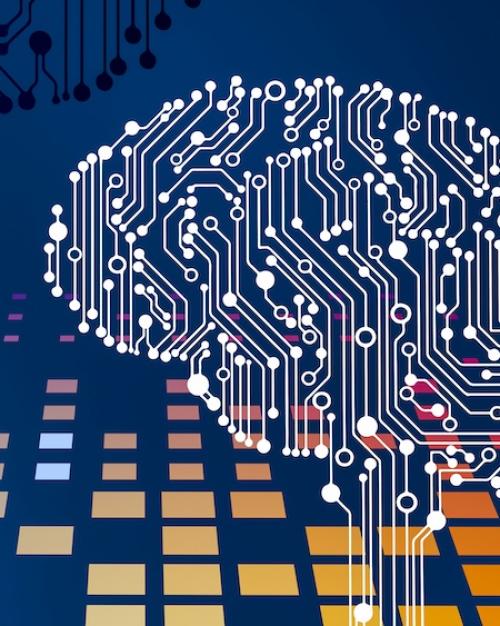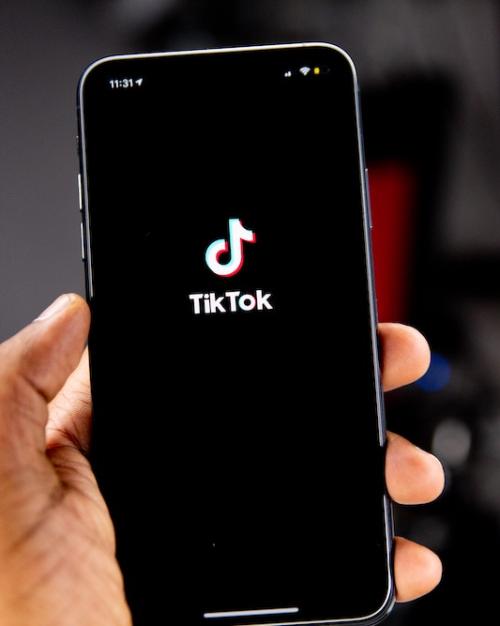Eun-Ah Kim, professor of physics in the College of Arts and Sciences, and Google researchers report the first demonstration of two-dimensional particles, called non-Abelian anyons, that are the key ingredient for realizing topological quantum computing, a promising method of introducing fault resistance to quantum computing.
“Non-Abelian Braiding of Graph Vertices in a Superconducting Processor” published May 11 in Nature. The experiment with Google Quantum AI, first posted to arXiv in October, is built on the ground-breaking theory also posted to arXiv in October and published in March by Kim and co-author Yuri Lensky, a former postdoctoral researcher in the Laboratory of Atomic and Solid State Physics.
Theorized about for 40 years but not realized in theory or experiment until 2022 by Kim and collaborators, non-Abelian anyons can, in certain 2D systems, produce a measurable record of their movement when two of them exchange positions. They retain a sort of memory, making it possible to tell when two of them have been exchanged, despite being completely identical.
The resulting trail through space-time – known as a “braid” – could protect bits of quantum information by storing them nonlocally and could be used in a platform for protected quantum bits (qubits), Kim said.
Google experimentalists used one of their superconducting quantum processors to observe the peculiar behavior of non-Abelian anyons for the first time and demonstrated how this phenomenon could be used to perform quantum computations. Error correction systems based on qubits will be necessary for quantum computing as the field develops.
Following the protocol laid out in Kim and Lensky’s theoretical work, Google Quantum AI experimentalists created and moved non-Abelian anyons physically on a 2D grid of qubits resembling a checkerboard. To realize non-Abelian anyons, they stretched and squashed the quantum state of qubits laid out on the grid, letting the qubits form more general graphs.
Although backed by robust mathematics, Kim said, a simple geometric and creative insight is at the heart of both theory and experiment realizing non-Abelian anyons in the physical world.
“We needed to introduce a new theoretical framework relying on the mathematics of gauge theories,” Kim said, “to implement the edge-swinging moves on the device and predict quantum measurement outcomes.
“It looks simple, but the particles remember the history,” Kim said. “If you want this to be the technology of the future, you want it to be simple and straightforward.”
In a series of experiments, the Google researchers observed the behavior of these non-Abelian anyons and how they interacted with the more mundane particles in the setup. Weaving the two types of particles around each other led to bizarre phenomena; particles disappeared, reappeared and shapeshifted from one type to another, Google researchers said.
Most importantly, the researchers observed the hallmark behavior of non-Abelian anyons researchers have been seeking for years: Swapping two of them caused a measurable change in the quantum state of their system. Finally, they demonstrated how braiding non-Abelian anyons might be used in quantum computations, creating a well-known quantum entangled state called the Greenberger-Horne-Zeilinger (GHZ) state by braiding several non-Abelian anyons together.
Kim, co-chair of Cornell’s Quantum Science and Technology Radical Collaboration initiative, called thiswork a major advance in both condensed matter physics and quantum information science.
“Our observations represent an important milestone in the study of topological systems, and present a new platform for exploring the rich physics of non-Abelian anyons,” Kim said. “Moreover, through the future inclusion of error correction, it opens a new path towards fault-tolerant quantum computing.”






